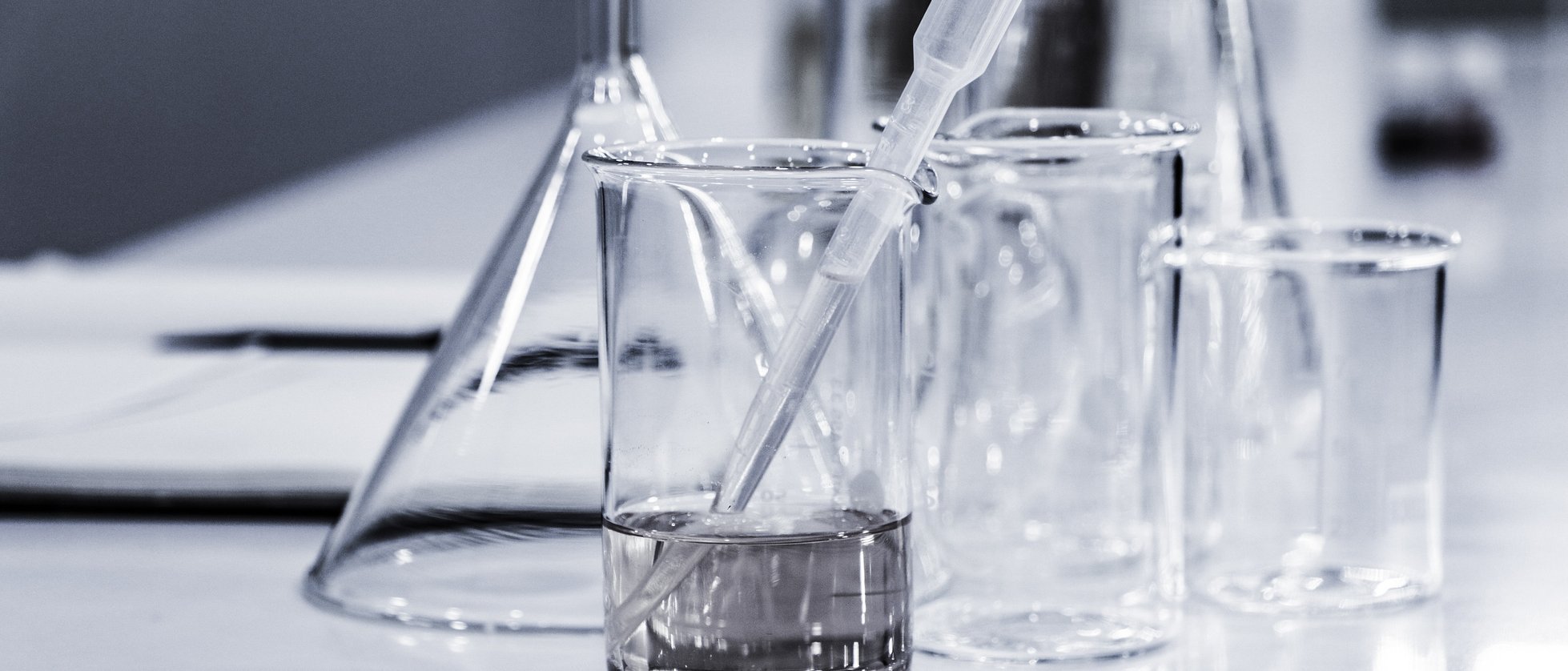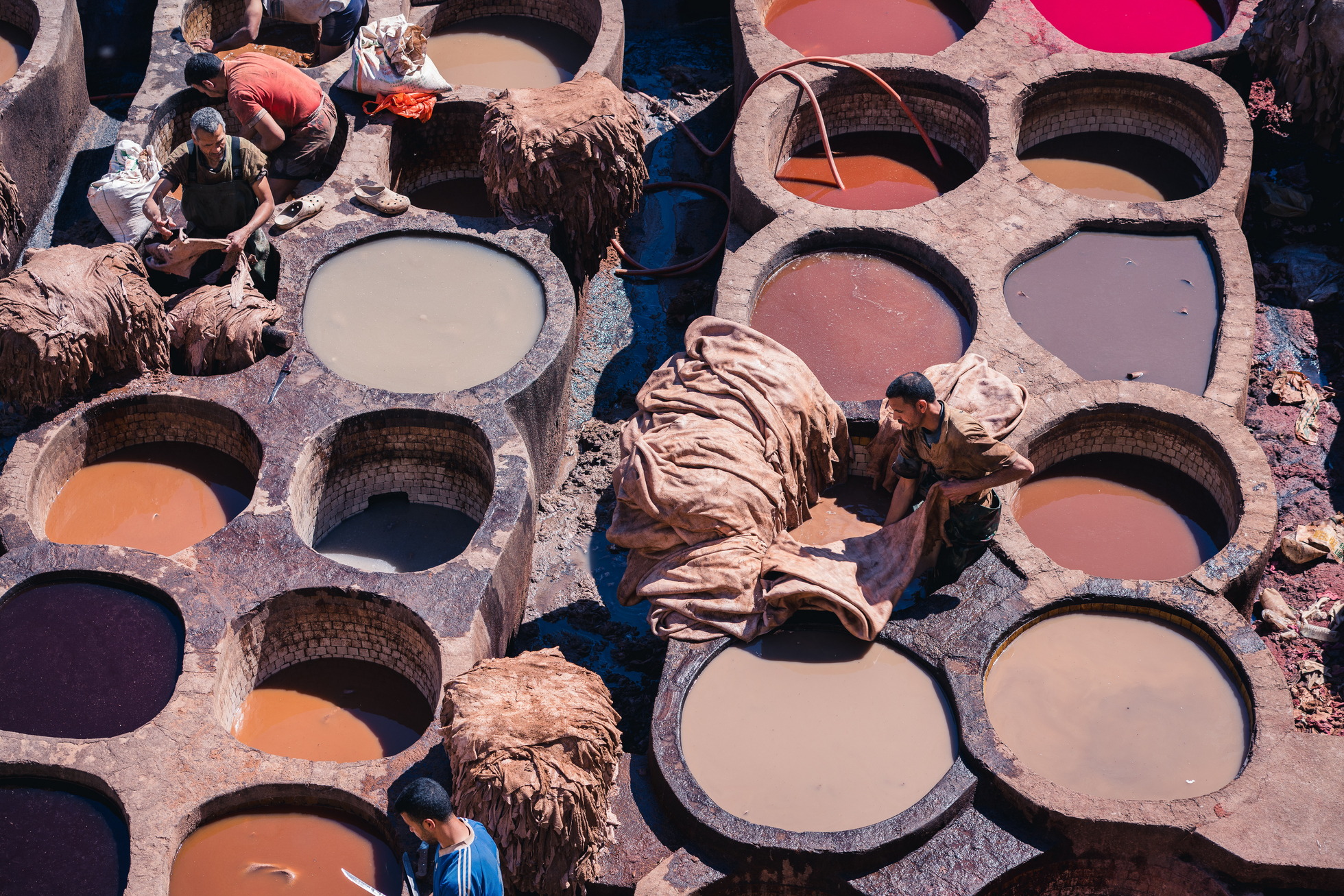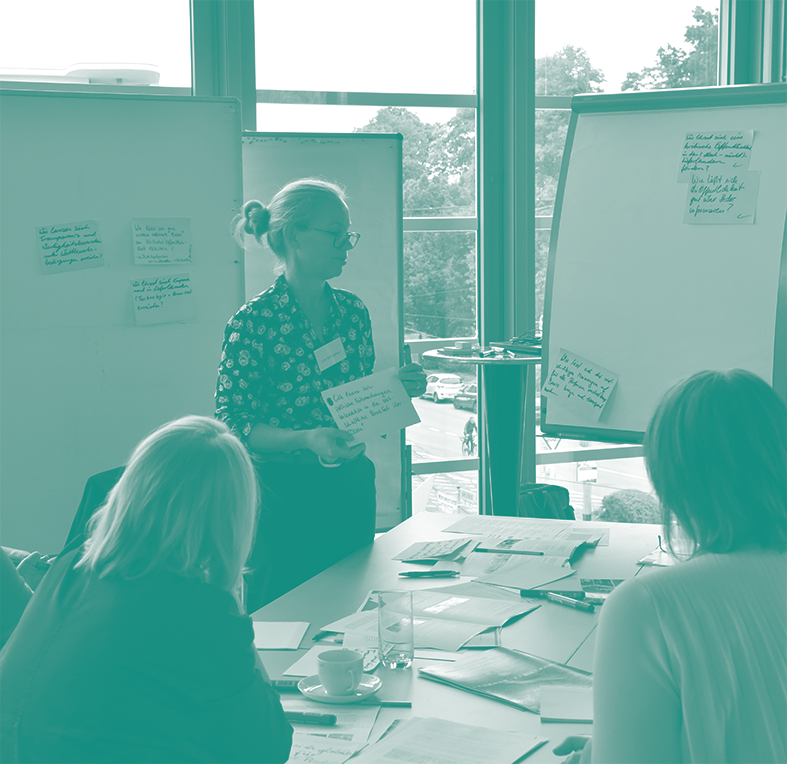
Die Zukunft der Herstellung von Lederchemie
Teilprojekt 3
Results of Subproject
How could future sustainable leather chemistry look like?
To facilitate the discussions within the supply chains towards more sustainable leather chemistry, in three own studies the subproject investigated
- Continuous flow reactor concepts for the manufacture of chemicals
- Continuous flow synthesis of a potential new platform chemical as a potential basis for a new family of leather chemicals
- Development of a spreadsheet-based tool for tanneries to assess the sustainability in terms of economic viability, raw materials, process performance, EHS, and risks.
The two first studies were published (see below), the outcome of the third is in the phase of evaluation and will be published after successful testing.
Studies
[1] P Rojahn, O Russ, L Gössl, M Kroschel, F Herbstritt, J Heck, F Schael, Ind. Eng. Chem. Res. 2020, 59, 9, 3655–3668.
[2] P Rojahn, KDP Nigam, F Schael, Chem. Eng J. 2022, 450, 138243.
Challenges
Chemicals used along the entire leather supply chain in various steps of production, processing and transport as well as their specific applications are essential for the quality of leather products, the safe execution of processes, but may also be involved with immissions and undesired contaminations. Making the leather supply chain “more sustainable” therefore inherently requires chemical and process innovations that provide new, future-oriented foundations for the production and processing of leather products.
The central role of chemicals used in the supply chain also draws attention to the production of the substances employed. In the leather supply chain, the situation appears to be complex due to involvement of global networks. The production of raw hides, the various stages of tanning, finishing, subsequent processing into leather products and, last but not least, the trade in intermediate and end products usually takes place across national borders, often even across continents. Each step including the respective transport phases may require the use of effective chemicals. While in Europe a whole series of measures, regulations and standards have been adopted and are effectively implemented for the application and production of chemicals, this is not necessarily the case for emerging and third world countries where part of the leather production takes place.
Furthermore, not all suppliers of leather chemicals, particularly in emerging and third world countries, do have specific process know-how and are able to offer effective support for a more sustainable usage of leather chemicals.
The chemical industry as a supplier of leather chemicals is subject to a constant worldwide change due to increasing regulatory, social and economic challenges, which must be encountered by technical and organizational potential. Current production processes must be further optimized in terms of raw material base, energy, material, and personnel deployment, but also in terms of flexibility, quality, and production resilience. Usually, it is easier to optimize production processes for higher value-added chemical products. However, optimization of production processes is socially and economically desirable for all chemical products worldwide.
Further obstacles with regards to the global environmental compatibility of production and the use of chemical products are also due to the competition between European chemical companies and, among others, Asian companies. The latter companies are often able to offer products for lower prices with lower environmental standards, but are currently central to the economy of the respective country. Various initiatives are currently developing guidelines for companies on the use of chemicals (e.g. ZDHC) or on environmental standards (e.g. LWG).
In the course of the technical and organizational development of leather production and processing, the challenge is therefore how chemical products and their production can contribute to more sustainable processes along the supply chain. Current news from the market indicates an increasing upheaval in the production of leather chemicals and a shift from Europe to Asia. Recent developments in the wake of the coronavirus pandemic are likely to lead to a further review of supply chains, the outcome of which can hardly be predicted at present.
Chemikalien und Prozessinnovation (Teilprojekt 3)
Objective & project description

The aim of this sub-project is to contribute to further development of manufacturing processes leather chemicals based on an analysis of the chemicals currently in use. In particular, future requirements for leather chemicals and their manufacture are to be examined concerning the increasing demand for "more sustainable", i.e. resource and energy-saving and generally environmentally friendly as well as health-compatible production methods, products and their applications. This sub-project thus contributes to a "more sustainable chemistry", which includes (eco)toxicological aspects as well as a life cycle assessment approach to potentially quantify environmental impact of production and use of chemicals within the leather supply chain.
The selection of leather chemicals is of course based on the processes employed, so that process innovations are also within the focus of this investigation. In addition, it will be examined to what extent modern aspects of chemical production such as miniaturized, modularized and/or decentralised production, conversion from batch operation to continuous operation mode as well as automation and modern recycling management can contribute. Impulses from concepts of process intensification and green chemistry or green engineering are expected. In particular, the substitution of substances that can be classified as problematic could be economically promoted, for example by improving raw material and/or energy efficiency and the CO2 footprint. Another possible group of topics are expected to emerge from the medium-term shortage of crude oil, which induces the search for an alternative raw material base and intelligent recycling management. In view of the economic challenges, the question arises for every company how to simultaneously produce more "sustainably" and more economically and how, at least initially, to absorb the additional costs arising after a transformation towards more sustainable production.
Ultimately, however, proposals for chemicals for leather production and processing and their manufacturing processes must be competently evaluated, which requires the development of comprehensive evaluation criteria including balanced individual criteria in the sense of a life cycle assessment of chemicals.
Structure
A tandem consisting of one representative from the Darmstadt University of Applied Sciences and one from practise coordinates the project. Anyone interested can participate in the project.
The cooperation takes place via meetings / web conferences / workshops.
|
Panel-Koordination |
|
|
Für die Hochschule Darmstadt |
|
|
Für die Praxis |
Dr. Andreas Föller (TEGEWA) |
Project Progress
Project progress to date

Preliminary work
Based on extensive preliminary work (including a scenario process, strategy workshops, using the method Theory of Change), the subproject " Chemical and process innovation" was designed together with representatives of the leather supply chains and presented at the kick-off conference in October 2020.

Workshop #1
Contents of the first workshop included a clarification of the subproject´s scope with impulse talk by an expert from ZDHC foundation. A first discussion about general aspects of a chemical and process assessment for the leather industry closed the workshop successfully.

Workshop #2
The second workshop dealt with the question how chemicals and processes in the leather sector can be assessed in terms of sustainability. An impulse talk was given by an expert from the German Öko-Institut e. V. about indicator sets and a guide for sustainable chemistry, which was prepared for the German Federal Environmental Agency. Furthermore collected assessment criteria and a first tool draft were presented and discussed.

Comparison of existing sustainability assessment tools
Leather actors often ask how the sustainability assessment tool developed in subproject 3 compares to other tools already available on the market. We therefore found it worthwhile to compare existing sustainability assessment tools in a systematic way. We selected three of the tools most frequently mentioned by actors in the context of our work, i.e. HIGG index, E2L and the newly development dashboard by the Sustainable Leather Foundation as reference. Information for this assessment were retrieved from publicly available sources. Based on this comparison, and our workshop discussions so far, we identified the need of an assessment tool which can be employed by companies of the leather supply chain to identify their own sustainability potential, to provide support for improvement of production processes, for sustainability education, as well for external auditing.